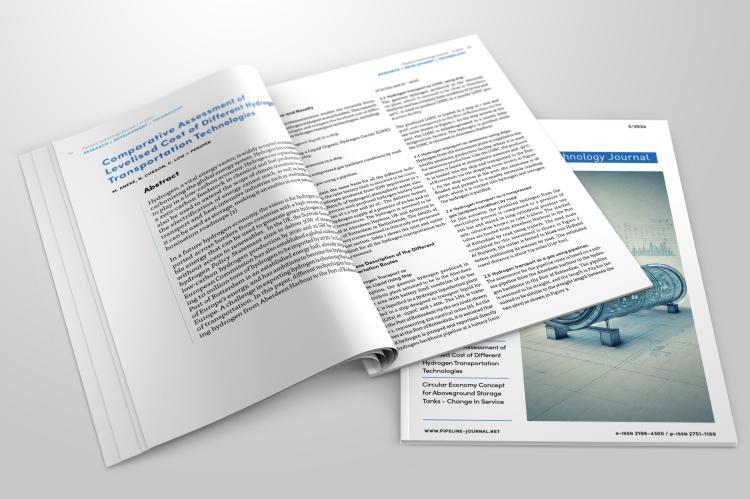Comparative Assessment of Levelised Cost of Different Hydrogen Transportation Technologies

Hydrogen, a vital energy vector, is widely accepted as essential for decarbonising the global energy system. Hydrogen has a variety of roles to play in a low-carbon economy. Hydrogen can replace fossil fuels as a zero-carbon feedstock in chemical and fuel production [2]. It can also be used to extend the scope of climate transition to sectors that the electrification of energy cannot reach, as well as long-distance transport and heat-intensive industries such as steelmaking [1], and it can be used as storage, making it an enabler in most national decarbonisation roadmaps [3].
In a future hydrogen economy, the vision is for hydrogen to be transported across borders from countries with a high excess of renewable energy that can be used to generate green hydrogen to countries without access to renewables. In the UK, the Scottish Government’s hydrogen Policy Statement aims to deliver 5GW of renewable and low-carbon hydrogen production by 2030 and 25 GW by 2045. The European Commission has also established a global ambition, targeting 10 million tons of hydrogen to be imported by 2030. In Europe, the Port of Rotterdam is an established energy hub, already imports 13% of Europe’s energy, and has ambitions to become the hydrogen hub of Europe. A challenge in exporting hydrogen is choosing the best means of transportation. In this paper, different technologies for transporting hydrogen from Aberdeen Harbour to the Port of Rotterdam were assessed and compared using the levelized cost as a reference.
